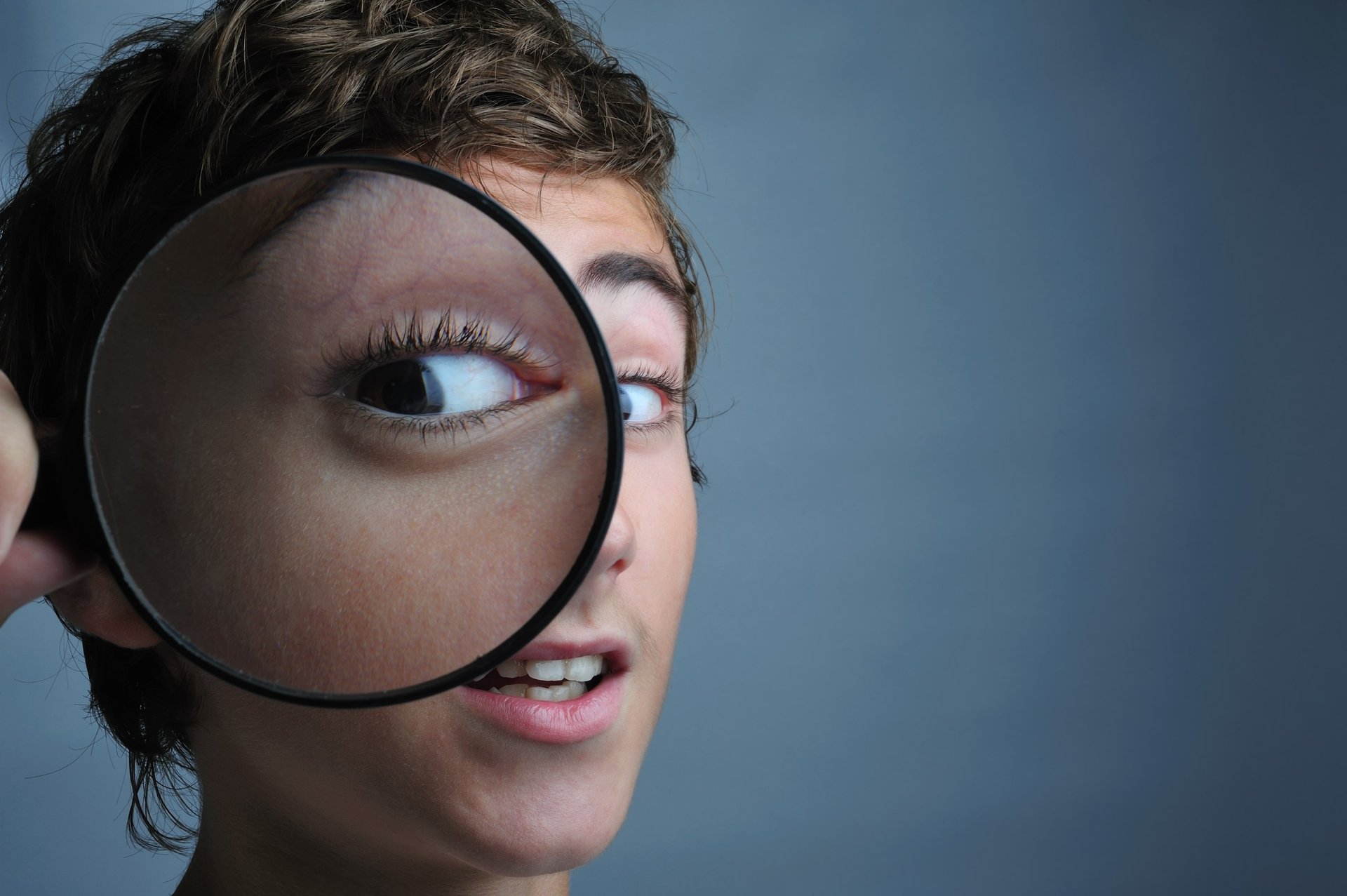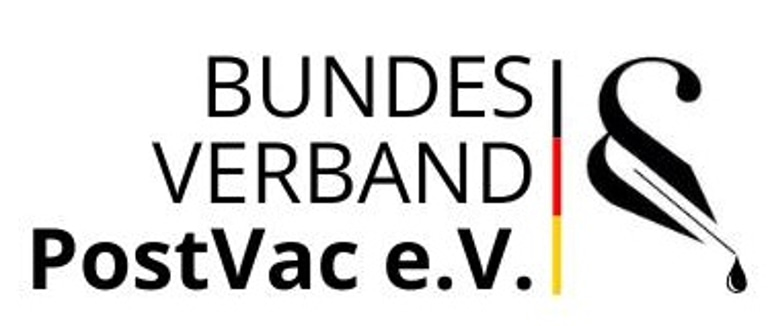Self-help groups & basic information
Online meetings of the Federal Association PostVac e.V.
Regular free meetings via Zoom to provide support and information to those affected.


Join our team and get involved!
People who suffer long-term effects after receiving a COVID-19 vaccination need more support than the limited medical care available, which is usually paid for privately.
Vaccine-damaged people need community. We promote the establishment of self-help groups, provide them with expert guidance and integrate them into a nationwide network that pools knowledge, experience and solidarity.
This is how we support your group:
• Establishment & Organisation:
Step-by-step guides, best practice workshops and personal mentors.
• Suitable rooms:
Arranging affordable or free premises thanks to our partner network.
• Financing:
Advice on funding, fundraising and budget planning – to put your group on a solid footing.
• Growth & visibility:
PR and social media support, training courses on member recruitment, involvement in national campaigns by the Federal Association PostVac e.V.• Vernetzung im Verband:
Access to experts, exchange with other groups, nationwide events and training courses.
Strengthen the association through your participation.
Whether you are starting a new group or strengthening an existing one, we are here to support you.
Contact us now and become part of a growing self-help network for PostVac sufferers.

PostVac syndrome, or Long Covid (after vaccination) – a media term for vaccine damage
PostVac syndrome / ‘Long Covid after vaccination’
‘PostVac’ refers to various long-lasting symptoms that occur after a COVID-19 vaccination and resemble the symptoms of long or post-COVID (e.g. fatigue, POTS, concentration problems and muscle pain, among others).
The vaccination modulates the immune system, so even an infection acquired shortly after vaccination can form the basis for vaccine damage. People are all too happy to attribute this solely to Long Covid in order to deny any legal claims that may arise from it.
There is currently no internationally uniform case definition for ‘PostVac’; the Paul Ehrlich Institute points out that ‘PostVac’ (unlike Long Covid) is not yet a clearly defined clinical picture and that in most cases a causal link to vaccination cannot yet be proven.
This is a surprising statement, as the Paul Ehrlich Institute (PEI) is not responsible for determining vaccine damage and never has been. The PEI only evaluates risk signals, which are known to be massively underreported, and the published safety reports suffer from glaring and systematic deficiencies.
Why ‘vaccine damage’ is not a medical diagnosis
Although ‘vaccine damage’ sounds like a medical diagnosis, it is purely a legal term used in the German Infection Protection Act (IfSG). Doctors merely document symptoms or suspected cases; whether this constitutes ‘vaccine damage’ is decided by the competent health authorities in the federal states after a legal review process. In turn, these authorities refer to surveys conducted by the PEI, which is not responsible for this area, and so begins a battle against windmills, as affected patients and many doctors are completely unaware of the details.
Legal definition (Section 2 No. 11 IfSG)
Vaccine damage is ‘the health and economic consequences of damage to health caused by a protective vaccination that exceeds the usual extent of a vaccine reaction; it also includes cases in which third parties are harmed by a vaccine containing viable pathogens.’
Consequences and claims (Sections 60 et seq. IfSG, Federal Pension Act)
Care instead of treatment: Anyone who suffers recognised vaccine damage receives care benefits (e.g. medical treatment, pensions, survivor's benefits) in accordance with the provisions of the Federal Care Act, not ‘compensation for pain and suffering from the doctor’. Compensation for pain and suffering is a civil law issue, on which we also provide information. The questions of evidence in civil law are different from those in social compensation law.
Requirements under social compensation law:
Publicly recommended or mandatory vaccinations (COVID-19 vaccinations are included separately).
Causality: It must be probable that the vaccination caused the excessive damage – mere temporal proximity is not sufficient!
Application requirement: Those affected submit an application to the relevant state authority (pensions office), where medical equipment is assessed and, as a rule, a medical opinion is issued.
It is important to recognise that the supply authority is literally the guardian of the federal states' coffers and acts accordingly. We would be happy to discuss the details in an individual consultation. We strongly advise against granting blanket data protection approvals. Please feel free to contact us for advice!
In short:
PostVac currently only describes a possible symptom after vaccination, while ‘vaccine damage’ is a legally defined status that triggers claims for social compensation after official examination. A medical diagnosis can be an important component of this – however, legal recognition is granted by the authorities, and this requires appropriate expertise.
It begins with what is known as primary damage, a reaction to the vaccination that exceeds the usual vaccination reaction. The ‘usual vaccination reactions’ are determined and published by STIKO at the Robert Koch Institute.
For example, redness and pain at the injection site for 1-3 days or headaches for 1-3 days are a usual vaccination reaction. This means that headaches lasting a week or longer are definitely a reportable excessive vaccine reaction. Many people have apparently not dealt with this issue, and doctors have been systematically underinformed and have hardly informed themselves about the reporting requirements.
The side effects officially determined by STIKO are:
· Local reactions lasting 1–3 days (occasionally longer): redness, swelling or pain at the injection site.
· Systemic reactions for 1–3 days: fever < 39.5 °C (measured rectally), headache and aching limbs, fatigue, malaise, nausea, restlessness and swelling of regional lymph nodes.
· Vaccine-like symptoms after live vaccines for up to three weeks after administration: e.g. mild swelling of the parotid glands, short-term arthralgia or transient exanthema after measles, mumps, rubella or varicella vaccination, or mild gastrointestinal complaints after oral rotavirus or typhoid vaccination.
(Aligbe, Infection Protection Law in Times of Corona (1st edition 2021))
No new determination has been made regarding the so-called usual side effects, especially for novel vector and mRNA vaccines.
Any suspected vaccination complications that exceed the extent of a normal vaccination reaction (damage beyond the usual side effects) must be reported. Suspicion arises when there is no other plausible reason, such as an accident. Reports must be made to the responsible health authority and not to the Paul Ehrlich Institute. Reporting to the Paul Ehrlich Institute does not exempt doctors from their legal reporting obligation and is punishable by a fine, as it is incorrect and does not comply with the law.
It is perfectly clear to us that these inadequate circumstances are being observed and nothing is being done about them. This is where the substantive argumentation begins, on which we are happy to advise.
The decision on vaccination has long since been made at this point, so this question does not arise for us.
Anyone affected by possible vaccine damage must be exempted from further vaccinations. Vaccination is contraindicated in this regard.
Anyone who has been hospitalised as a result of vaccination or who has acquired a disability (not necessarily a severe disability, the disability itself is sufficient) must be exempted from further vaccinations.

We often hear and read: ‘You can't prove that vaccines cause harm. Billions of people have been vaccinated and they're fine!’
1 | Individual reactions instead of irrefutable truth
The vaccination campaign is often portrayed in a wholly positive light. If you repeat a message constantly, it eventually sounds like a fact. The reality is that vaccine reactions are individual, and vaccine complications even more so. For some, it is just a brief feeling of discomfort, but for others, there can be serious consequences that turn their whole life upside down.
2 | The example of the ATP7B mutation
People with an ATP7B gene mutation are particularly sensitive. A high dose of mRNA can trigger uncontrolled production of the toxic spike protein in these individuals, throwing the body out of balance. No vaccination centre tests for this mutation, and no information sheet mentions it.
3 | Variable batch quality
Drug production also has tolerances. Not every vial is one hundred percent identical. This range can further alter the risk. It is now known that the approval testing process and the mass vaccination campaign were technically completely different.
4 | Psychosomatics as a misnomer
Those who fall ill after vaccination often hear: ‘It's psychological.’ Frequently, a somatoform disorder is diagnosed prematurely and out of ignorance, instead of investigating the pharmacological cause. However, thousands of affected individuals exhibit a similar pattern of symptoms – and the common denominator is the COVID-19 vaccination. Do you really believe that thousands of vaccinated people suddenly fall ill with psychosomatic disorders and yet complain of the same symptoms such as dizziness, fluctuations in blood pressure and pulse, or severe stress intolerance?
How can it be explained that fluctuations in blood pressure and pulse can be measured after all? How likely do you think it is that a mass psychosomatic illness could arise out of nowhere, even though there are many economic motives for not recognising the problem and ignoring it?
5 | The hurdle of 30% degree of damage
Many of us are no longer able to work; the damage to our health means that many of those affected are confined to their homes and some are even bedridden. These people are therefore not visible in public; they no longer leave their homes and are cared for by nursing services, relatives or even neighbours. From a degree of damage (GdS) of at least 30, injured parties are entitled to occupational damage compensation. The state compensates you for the loss of income that you would probably not have suffered without the vaccination damage – for example, because you can now only work part-time or are doing a lower-paid job. Section 30 of the BVG is the ‘measuring tape’: it determines how severely your vaccination consequences are assessed and whether you are entitled to additional money for occupational losses. This means that damage of up to 30%, even if you are no longer able to work or have to take a lower-paid job, does not lead to any compensation. This is a separate issue, which requires recognition. But was this explained beforehand, did everyone agree to accept up to 30% damage as a sacrifice for the common good and to accept that there would be no compensation for this? Was this part of the information provided, was it part of the flood of information during the Covid vaccination campaign?
Please send us links, videos, etc. in which this is explained in a way that is understandable for everyone.
Our appeal
We do not adhere to the belief that vaccination is completely harmless for everyone. Instead, we ask open questions:
Why were there no individual dosages? Who had an interest in this particular dosage, and why?
Why were relevant gene mutations not tested for prior to vaccination?
How big are the differences in quality between batches? Who was responsible for monitoring this and did they fulfil their duties?
What mechanisms ensure independent damage assessment?
Why have millions of billing records from the Association of Statutory Health Insurance Physicians not been included in the assessment of safety and effectiveness to date in 2025, despite the legal basis for doing so since November 2020? Who is responsible for the fact that the results of the safety assessments are incorrect due to a lack of data?
Who bears the financial consequences of ignoring the PostVac problem? What are the implications of refusing to recognise vaccine damage for the individuals affected, but also for the federal state, the Federal Republic of Germany and the social security system?
One thing is clear: every rejected vaccination injury claim is not financed by the federal state, but by social security contributors. Ignorance and rejection ultimately mean a reduction in the cost burden and the transfer of costs to the social security funds.
As those affected, we demand facts instead of sweeping judgements. We demand objective and verifiable arguments instead of being played off against each other on an emotional level.
Only those who look closely and ask questions can understand the risks – and ultimately make safer decisions. Let us ask the right questions together. It is certainly in your best interests too!
We look forward to talking with you:
kontakt@bundesverband-postvac.de
Help and real support
Support for people affected by vaccine damage after Covid vaccination.
Kontakt & Impressum
Register here to receive our monthly newsletter:
kontakt@bundesverband-postvac.de
Telephone: +49 1515 7774547
© 2025. All rights reserved. The website is still under construction and will gradually be expanded with valuable information!
Stuttgarter Straße 106, 70706 Fellbach
Authorised representative of the Executive Board:
Juliane Reichard, Moana Kunwald,
Felicitas Niederdorfer, Anke Bengfort und
Dietmar Scherer
The association is registered at the Stendal Register of Associations. At the general meeting on 1 July 2025, a change of registered office and a revision of the articles of association were discussed and decided upon. Further information will follow shortly.
